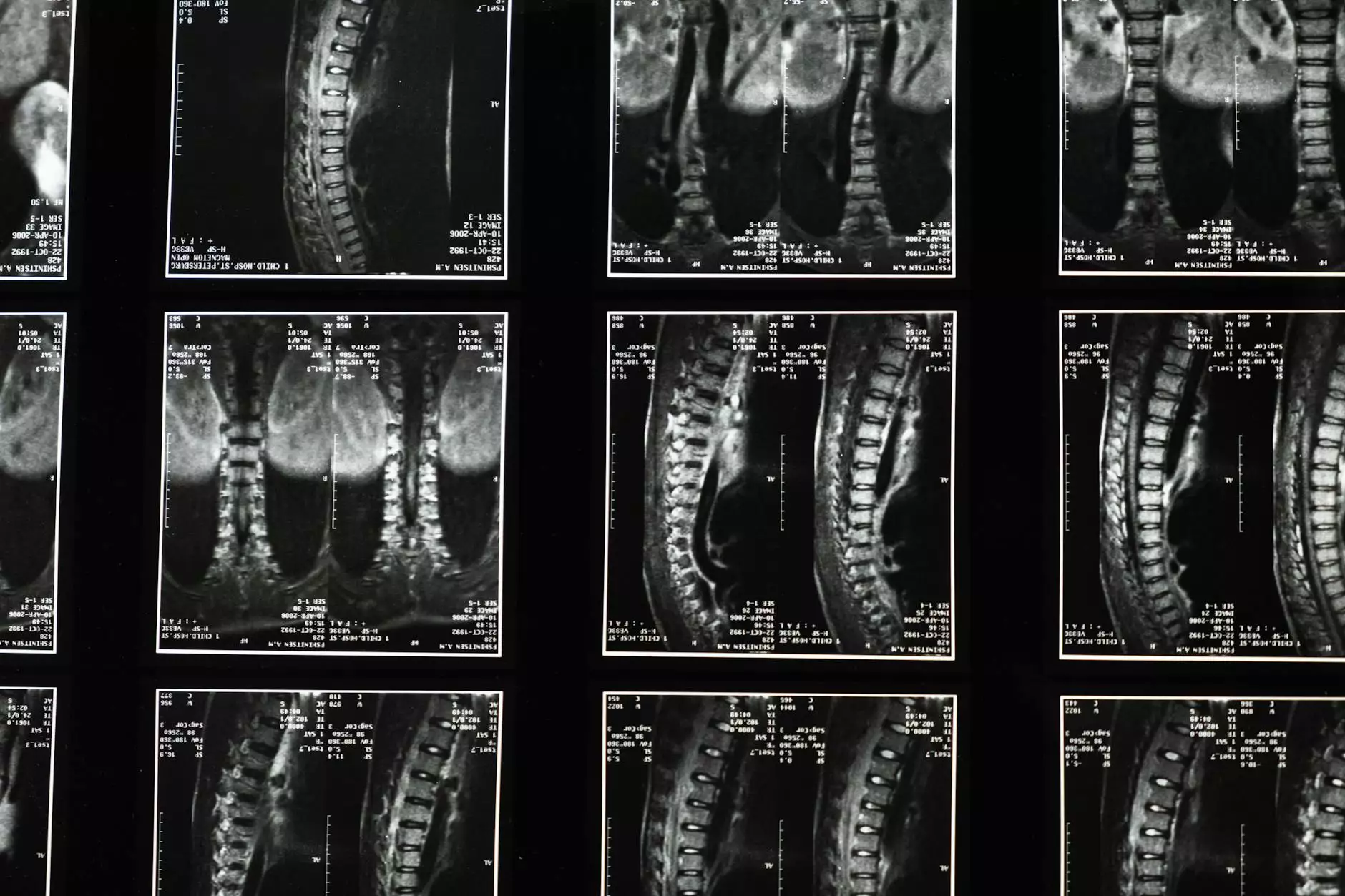Understanding Thoracic Pain Syndrome: A Comprehensive Guide

Thoracic Pain Syndrome is a condition that affects numerous individuals, often leading to discomfort and impacting daily activities. This article aims to delve into the depths of this syndrome, examining its causes, symptoms, management, and the vital role healthcare professionals play in diagnosing and treating these issues. A clear understanding of this condition is essential not only for those affected but also for caregivers, healthcare providers, and anyone interested in thoracic health.
What is Thoracic Pain Syndrome?
Thoracic Pain Syndrome refers to pain and discomfort located in the thoracic region of the spine, which encompasses the mid-back and chest area. The thoracic spine consists of twelve vertebrae and extends from the base of the neck to the diaphragm, making it crucial for various bodily functions, including posture, movement, and respiratory mechanics.
Identifying the Symptoms of Thoracic Pain Syndrome
Recognizing the symptoms of thoracic pain syndrome is vital in seeking timely intervention. Common symptoms include:
- Localized Pain: Pain that is concentrated in the mid-back area can often worsen with specific movements.
- Radiating Pain: Discomfort may radiate to the shoulders, arms, or abdomen.
- Muscle Tension: Surrounding muscles may become tight or spasm, contributing to overall discomfort.
- Restriction of Movement: Individuals may find it challenging to perform daily activities due to pain or stiffness.
- Chest Pain: Thoracic pain sometimes mimics cardiac issues, leading to potential confusion.
- Numbness or Tingling: Some may experience neurological symptoms, such as tingling sensations that can reach the extremities.
Causes of Thoracic Pain Syndrome
The etiology of thoracic pain syndrome encompasses a wide range of factors. Some common causes include:
1. Musculoskeletal Issues
Often, thoracic pain syndrome stems from musculoskeletal problems, including:
- Strained Muscles: Overexertion or improper lifting techniques may lead to muscle strains.
- Dislocated Ribs: Traumatic events can cause ribs to shift out of their normal position, leading to pain.
- Skeletal Abnormalities: Conditions like scoliosis or kyphosis can create stress on the thoracic spine.
2. Nerve Compression
Compression of the spinal nerves due to disc herniation or osteophyte formation can result in thoracic pain. This nerve involvement often leads to radiating pain and neurological symptoms.
3. Thoracic Outlet Syndrome
This condition occurs when nerves or blood vessels in the thoracic outlet are compressed, which may lead to symptoms resembling thoracic pain syndrome.
4. Infections and Inflammatory Disorders
Rarely, infections or inflammatory conditions such as ankylosing spondylitis can be underlying causes of thoracic pain.
5. Lifestyle Factors
Poor posture, prolonged sitting, and lack of physical activity may contribute significantly to the development of thoracic pain syndrome.
Diagnosis of Thoracic Pain Syndrome
An accurate diagnosis of thoracic pain syndrome requires a thorough assessment and often involves several steps, including:
1. Medical History
A detailed review of the patient's medical history is essential. Healthcare providers will ask about:
- Duration of Symptoms: When did the symptoms begin?
- Nature of the Pain: Is the pain sharp, dull, or radiating?
- Previous Injuries: Any history of injuries or surgeries in the thoracic region.
2. Physical Examination
A physical examination includes assessing range of motion, strength, posture, and areas of tenderness to identify any abnormalities in the thoracic region.
3. Imaging Tests
Healthcare providers may recommend imaging tests such as:
- X-rays: To detect fractures or skeletal issues.
- MRI or CT scans: These provide detailed images that can reveal soft tissue issues, such as herniated discs or nerve compression.
Treatment Options for Thoracic Pain Syndrome
Once diagnosed, appropriate treatment for thoracic pain syndrome is crucial for symptom relief and improved quality of life. Treatment modalities may include:
1. Physical Therapy
Physical therapy focuses on improving strength, flexibility, and posture. Therapists may use techniques such as:
- Stretching Exercises: To alleviate muscle tension.
- Strengthening Exercises: To support the thoracic spine.
- Postural Training: To educate patients on maintaining proper posture throughout daily activities.
2. Medications
Healthcare providers may prescribe medications to manage pain and inflammation, including:
- Non-Steroidal Anti-Inflammatory Drugs (NSAIDs): Such as ibuprofen or naproxen.
- Muscle Relaxants: To alleviate muscle spasms.
3. Chiropractic Care
Chiropractors use spinal manipulation techniques to restore proper alignment of the thoracic spine, potentially providing significant relief from pain.
4. Lifestyle Modifications
Adjustments in daily habits can assist in managing and preventing thoracic pain syndrome. Recommendations may include:
- Ergonomic Adjustments: Making workstations more comfortable can reduce strain.
- Regular Exercise: Engaging in a consistent exercise routine to enhance muscle strength and flexibility.
- Weight Management: Maintaining a healthy weight can reduce stress on the spine.
5. Alternative Therapies
Complementary therapies such as acupuncture, massage therapy, and yoga may offer additional benefits in managing thoracic pain. These treatments focus on relaxation, stress reduction, and improving overall well-being.
The Importance of Professional Consultation
Consulting with healthcare professionals is crucial for anyone experiencing symptoms of thoracic pain syndrome. Early intervention can prevent further complications and promote effective treatment. Chiropractors, physical therapists, and medical doctors have specialized training and experience in addressing such conditions. The IAOM, located at iaom-us.com, provides extensive resources to both patients and professionals in the realm of health and medical education regarding thoracic pain syndrome.
Conclusion
In conclusion, thoracic pain syndrome is a multifaceted condition that can significantly affect an individual's quality of life. Understanding its causes, symptoms, and treatment options is key to managing the condition effectively. With appropriate healthcare support and lifestyle adjustments, many individuals can find relief from thoracic pain and regain the ability to participate fully in their daily activities. Always seek professional guidance when dealing with pain to ensure effective treatment and a healthier future.









